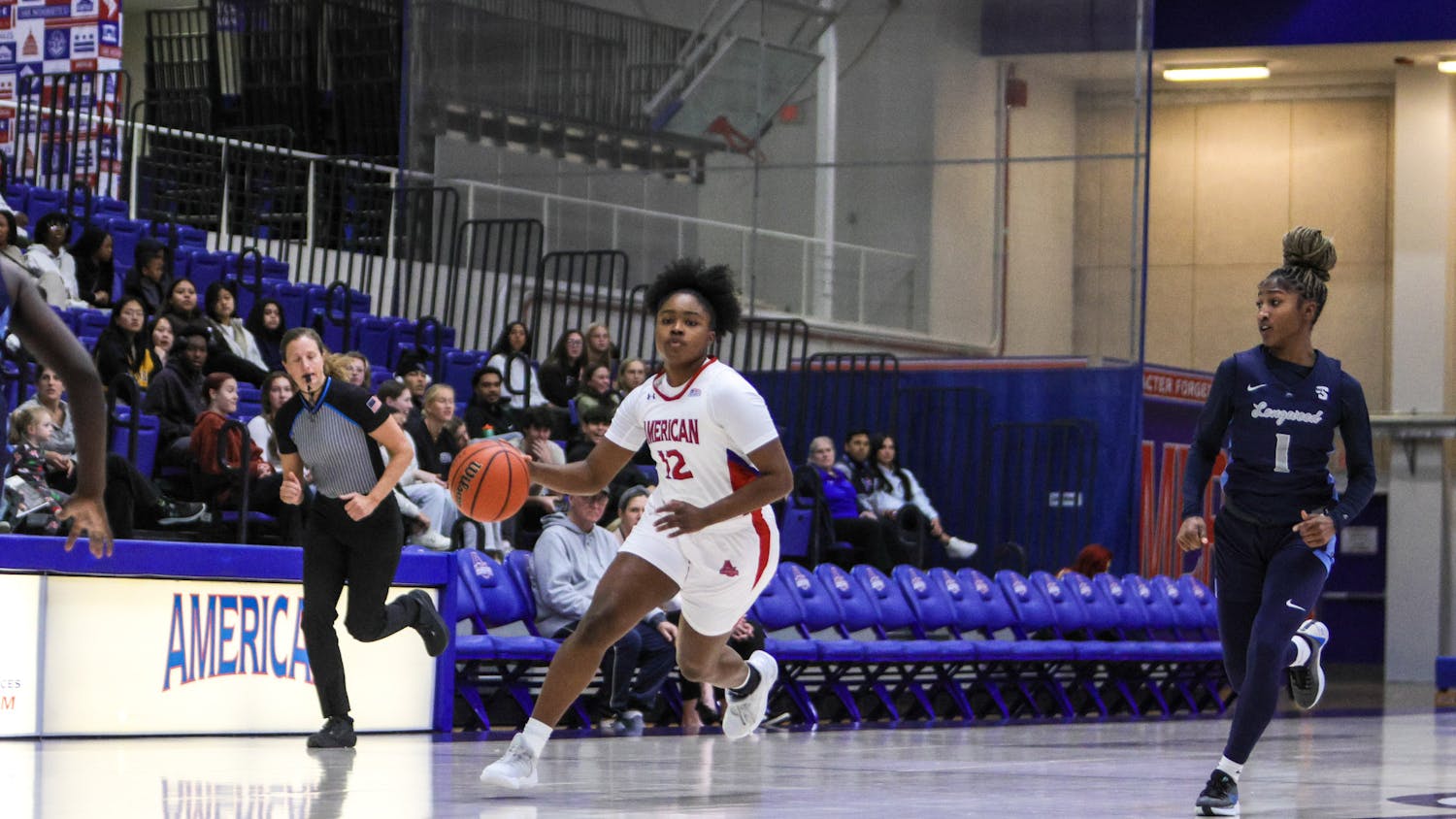The following piece is an opinion and does not reflect the views of The Eagle and its staff. All opinions are edited for grammar, style and argument structure and fact-checked, but the opinions are the writer’s own.
Requesting my mail-in ballot was exceedingly painful and prolonged. As a college student at one of the most politically active universities in America, I want to vote, make my voice heard and participate in democracy. However, many of my peers and I have noticed how difficult it was to get our ballots during this critical election year, and some have decided the effort isn’t worth it.
It is no secret that there have been massive efforts to promote voter suppression all around the United States, more often seen in conservative-led states like Iowa, Texas and Florida. After 2020, conservatives deemed mail-in ballots the reason for former President Trump’s loss. Now, mail-in ballots have found themselves victims of massive reforms on the state level.
As the Bill of Rights states, each state handles election rules and regulations; however, until this year, I didn’t realize just how different each state was. After speaking with my friend, who is from the state of Washington, I realized that she had a totally different experience than I did, being from Iowa. Washington primarily conducts their elections by mail, so her ballot came at the start of October. She had sent in her ballot weeks before I was allowed to receive mine. My other friends, from Pennsylvania and New Hampshire, had small hiccups, such as issues with the county auditors’ website, but a simple phone call cleared that up. Ultimately were able to get their ballots and send them out.
My experience in Iowa was quite different. I couldn’t request my absentee ballot until the semester had started. Then, I had to fill out an online form, print it and mail it to the county auditor’s office. I ran into a few issues with conflicting information between my state auditor and county auditors’ pages but I was quickly able to call and find a resolution. However, unbeknownst to me, specific envelopes needed to be sent, so my original request wasn’t met. I had to send a secondary request in the specified envelope, which is a fact not listed on either website. All this back and forth, to some of my peers, made voting seem like a lengthier and unwanted process.
As it has been an election year, issues with our ballots has been a common discourse in many of my classes, with professors discussing the importance of ensuring we receive our ballots. In one of my classes, we were talking about issues we have had with absentee ballots, and an individual from Florida spoke about how her ballot must be sent to a drop box and cannot be mailed directly to her auditor, which forced her to mail it to her mom for her to take it to the specified drop box. This becomes a lengthy process that some may decide is not worth doing.
As I was talking with one of my friends, they were sharing with us that they aren’t going to vote in this election despite being a political science major and working on Capitol Hill. They had dealt with major issues with their county auditor and had decided that it wasn’t worth the continued struggle since, in their words, “they weren’t in a swing state, just a red state,” so it didn’t matter. I was utterly speechless, and it got me thinking that even at a school this politically active, students are having a hard time with their ballots.
As in the last several elections, the youth vote is critical. Since 2018, there has been a steady increase in youth voter turnout, which has led to the stopping of the so-called predicted red wave in 2022. And it is clear national political organizations crave the youth vote; just look at how Kamala HQ has centered an entire TikTok account to keep up with the newest trends.
Mail-in ballots are also critical in ensuring the 18 to 29 youth vote blocs vote. According to the Center of Information and Research on Civic Learning and Engagement, youth vote turnout was the highest compared to other previous youth turnouts. It significantly increased from 2016 to 2020 when automatic mail-in ballots were sent to all registered voters. On the flip side, states that had restrictive mail-in ballot laws often saw the lowest youth turnout, at 42 percent.
This is to say that voting is critical, quite literally, to our constitutional duty as American Citizens, something many of us learn about on a daily basis in class. Especially in an election as critical as the one we are witnessing today, voting is a way for us to have a voice and a choice. It allows us to decide the route of the government for the next two, four and six years, and even the path our county takes forever. When students throw in the towel and deem it too tricky, we allow those intending to suppress to win and continue down this path.
Despite any issues you or I may have had, persevering to vote is critical. American University has made it easier with clubs like AU Votes, which are dedicated resources to help you understand how to request a ballot and continue spreading the knowledge of how voting is critical. Your vote can ensure that barriers like these cannot continue and that groups it tries to impact won’t back down. Now, no matter how difficult your state makes it, request your ballot, call your county auditor's office if you have issues, spread the information you learn to your peers and, most importantly, vote and allow your voice to be heard.
Ritika Shroff is a sophomore in the School of Public Affairs and a columnist for The Eagle.
This article was edited by Alana Parker, Rebeca Samano Arellano and Abigail Turner. Copy editing done by Luna Jinks.





